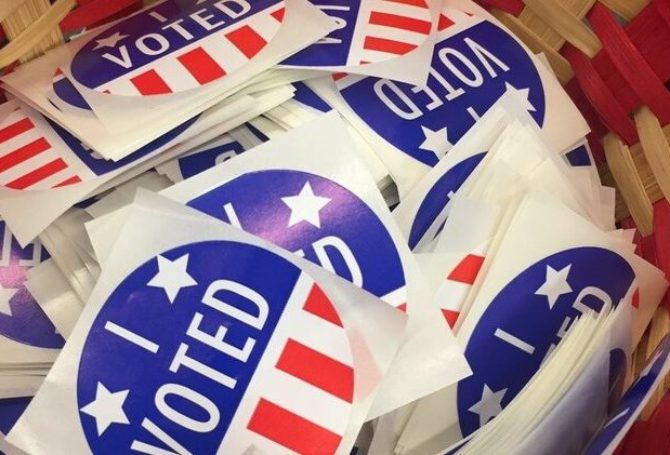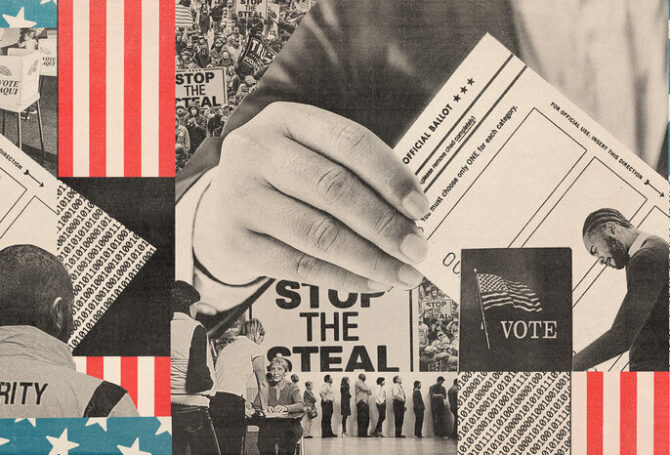
Year-to-year, voter registration in Oregon only grew by roughly 58,000 or 2.1 percent. Underneath that number, there are some revealing electoral shifts. The ranks of non-affiliated voters grew by almost 7 percent. The number of Democrats, Republicans and Independents all decreased.
As reported by the Elections Division within the Secretary of State’s office, there are now 2.8 million Oregon registered voters – 970,284 Democrats, 701,970 Republicans and 955,801 non-affiliated voters. If you add registered Independents to non-affiliated voters, you have a bloc of nearly 1.1 million voters, the largest cohort of voters in the state.
The drift away from allegiance to one of the two major political parties is a national phenomenon, reports The Washington Post. “Gallup data suggest that the Bush and Obama presidencies had the effect of wringing most of the less committed partisans out of their parties, shifting moderates from partisan identity to party-leaning independence.”
You assume some common political perspective among registered Democrats and Republicans, which may or may not exist among non-affiliated voters, many of whom were automatically registered when they obtained at Oregon driver’s license. But it still exists as a potential group of voters that may be persuaded in a common direction, perhaps at the expense of established political parties.
When you look at the voter registration county by county, only Multnomah, Lane and Benton counties have more Democrats than a combination of non-affiliated and Independent voters. In some traditional Democratic counties such as Clatsop and Columbia counties, non-affiliated voters alone outnumber Democrats.
The same is true in a number of Republican counties. For example, in Umatilla County, there are 14,297 Republicans, but 18,828 non-affiliated voters. In Yamhill County, non-affiliated registration stands at 24,167 contrasted with 21,763 Republicans. If you look at the GOP-dominated Second Congressional District, there are 189,833 Republicans and 201,993 non-affiliated voters.
Only in Multnomah County and the Third Congressional District do Democrats outnumber a combination of non-affiliated and Republican voters.
Political candidates will study these numbers as they plan their campaigns this spring and fall. The numbers will inform in one way or another the looming decision about realigning congressional and legislative districts, especially if Oregon lands a sixth congressional district.
Pundits refer to Oregon as a blue state with unalterable single-party domination. Voter registration doesn’t validate that. Democrats hold a large margin over Republicans, but trail non-affiliated and Independent voters. In fact, non-affiliated and all minor party voters represent 41 percent of the overall Oregon electorate compared to Democrats at 34 percent and Republicans at 25 percent. There is room for an alternative to the major party options.
Of course, many non-affiliated voters may lean toward one major party or the other. Some may prefer to stay neutral, avoid primary elections or even vote. But they are registered voters, perhaps just waiting for the right candidate or issue to galvanize their political activism. Maybe there is a partisan color beyond blue and red.



